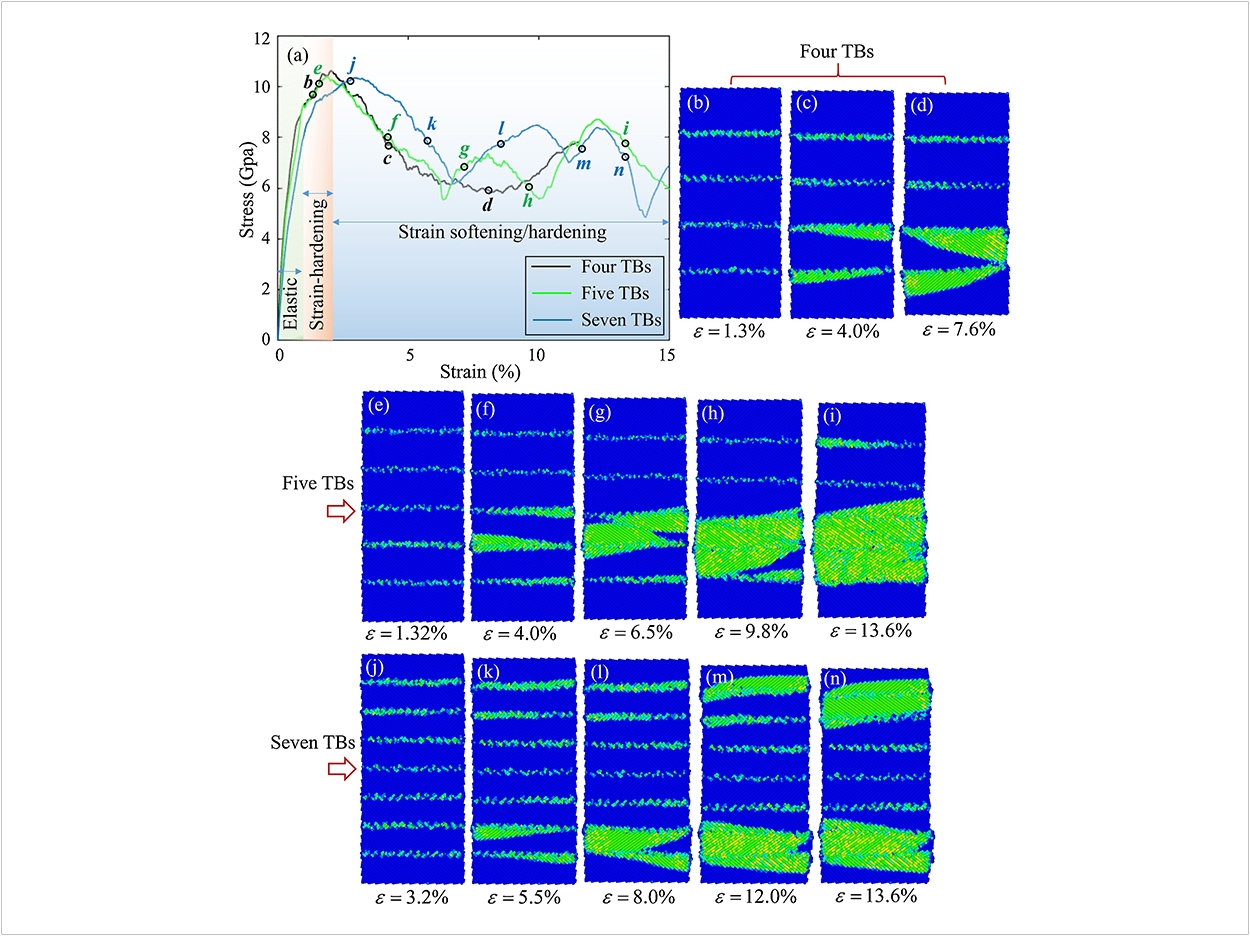
For thousands of years, human beings have produced ceramics simply by combining specific minerals with water or other solvents to create slurries that cure at room temperature to become some of the hardest known materials. More recently, zirconia-based ceramics have been used in applications ranging from dental implants to jet engine parts.
Researchers at the Colorado School of Mines have been using Comet at the San Diego Supercomputer Center, Stampede2 at the Texas Advanced Computing Center, and Bridges at the Pittsburgh Supercomputing Center to study zirconia’s characteristics. The supercomputers simulated zirconia-based ceramic’s ability to withstand harsh conditions as well as the extreme limits of fracture and fatigue.
“By using large-scale atomistic simulations, these simulations revealed to us how specific-type nanoscale structures, twin boundaries, and pre-existing defects control the mechanical behavior and the corresponding plastic deformation of an advanced-shape memory ceramic called yttria-stabilized tetragonal zirconia or YSTX,” said corresponding author and mechanical engineering professor Mohsen Asle Zaeem.
“Some important applications, such as jet engines, require advanced materials that can perform reliably at extreme conditions. Shape memory ceramics have shown superior properties at those higher temperatures such as high strength and excellent oxidation/corrosion resistance,” said Asle Zaeem.
“Addressing their deformation, fracture, and fatigue limitations will open the door for creating the next generation of high-temperature materials,” said Asle Zaeem.
The study, “Effects of Twin Boundaries and Pre-Existing Defects on Mechanical Properties and Deformation Mechanisms of Yttria-Stabilized Tetragonal Zirconia,” was published by the Journal of the European Ceramic Society.
Related Articles
Prosthesis Avoids Chips, Fractures, and Premature Wear
Modern Materials and Digital Technology: The Keys to a Predictable Hybrid Workflow
Zirconia Implants Designed for High Performance and Aesthetics


